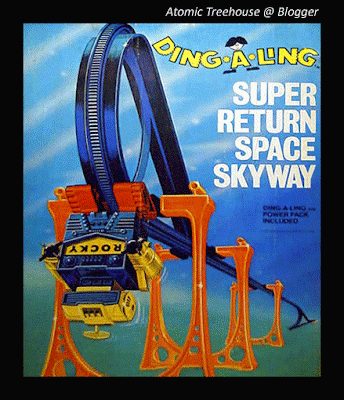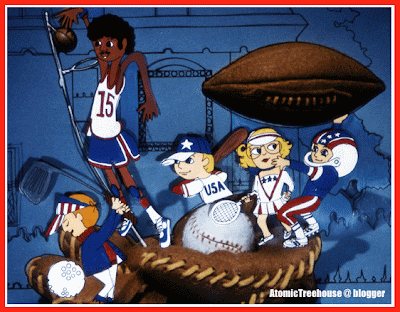 The first book was an instant hit with kids. The original popularity of the young Harry Potter series was not due to it's extensive ad budget or endless television commercials, the popularity was due to kids [and adults] who loved the story and shared their enthusiasm with other readers. It was this unintentional literary grass roots movement that caught the media's attention.
The first book was an instant hit with kids. The original popularity of the young Harry Potter series was not due to it's extensive ad budget or endless television commercials, the popularity was due to kids [and adults] who loved the story and shared their enthusiasm with other readers. It was this unintentional literary grass roots movement that caught the media's attention. In the first few years, Harry's popularity was fueled by a huge readers circle involving a few countries and in this day and age, that's intimate compared to the world wide media storm that circled around the last few books in the series.
As a lark and well before any author could imagine how her writing was going to change her life, J.K. Rowling made Harry Potter's birthday the same day as her own. She will share July 31 with her fictional creation forever. I'm sure it will be both a blessing and a curse. As Rowling enters her octogenarian years and Harry reaches middle age, new reporters will seek her out to ask the same old questions. They'll use a shared birthday as the story hook and bang on her door right around her birthday for the rest of her life. Rowling will always be able to gauge the popularity of her book by the amount of e-mail she receives in July.
Now that the series is finished, a new Harry story begins and it's this next chapter in the saga I'm interested in. Where does it all go from here? Where will the community of Harry Potter fans find it's level? Will it's numbers increase after the ending like those of Star Wars or Star Trek? Will there be giant Harry Conventions or will it simply blend with current fantasy culture? As time moves on will the culture of the books or the movies become most dominant? Will these cultures be forced to split or will they share the same space and jab at each other only in fun? Will the box office of the last two films increase or will the intensity fade now that the story is over in it's original medium?
Harry Potter is not a fad, at least by my definition. Sure, the media spotlight and the gossip around the author will fade [thankfully], but the book series will take it's place on the classics shelf and be mentioned with Alice in Wonderland and the Wizard of Oz for the next century. How the movies are accepted is another story.
Nearly 15 hours of a story that grows darker every episode doesn't seem like a recipe for a family film favorite. You don't see Old Yeller as the center of many film festivals. Young goths of the future who see Harry as the poster child for their own misunderstood youth, will give it a cult following, but I have trouble seeing the middle of America accepting the entire body of work as a pop culture classic. Mass culture will likely cull the first movie from the herd and ignore the rest.
After the final film, the Harry Potter community has a big problem. Everything they feed on will now be up to them. Rowling has no plans for further Harry stories and she has stated that no one else will write about her characters. The communities of fans that are largest & strongest are those with something new to explore. Mickey Mouse, Luke Skywalker and James T. Kirk survive because they are professionally reinvented in new mediums. Excellent fictional characters who are kept from those opportunities [Bozo and Calvin & Hobbes come to mind], become fond footnotes only to be explored by those who remember and those who accidentally stumble across them.
On the plus side, creating a strong fan community has never been easier. The social nature of the Internet has given creative people a place to share their visions. It's easy for me to envision a world wide group of fans creating excellent new content for each other using the original characters creating by Rowling. Sure, it's already taking place with tens of thousands of fan stories and drawings and hundreds of Hogwart's sites and role playing venues where people come to chat in character, but what I'm talking about is quality over quantity, I see a sort of semi - pro movement where small pockets of Internet space is reserved only for the best of the best. I see excellent writers and artists contributing without payment because it's a great outlet for their talent.
Blogs have shown that there are hundreds of thousands of people who can and do create content as good or better than what you already consume [present company excluded]. It's already happening all over the net. I think the fan communities that will survive in the future will intentionally adopt this model for their own. Since Harry's fandom has spent it's whole life on the web, it could easily be carving that wave, but what they actually do remains to be seen.
No matter what, the first saga of Harry Potter is finished and Rowling's writing has never been stronger. The author is on to a new chapter in her own life and I wish her well. Amid all the current signings and readings I hope she has a moment to stop and realize just what a wide open year she has ahead of her. If I had been in her place the last nine years, I would tell my family to take this year off and don't wake me until July 2008. I suspect she will choose a different way to celebrate.




























